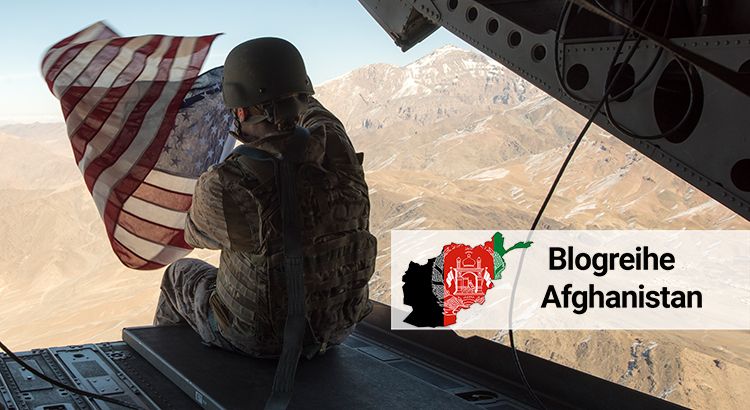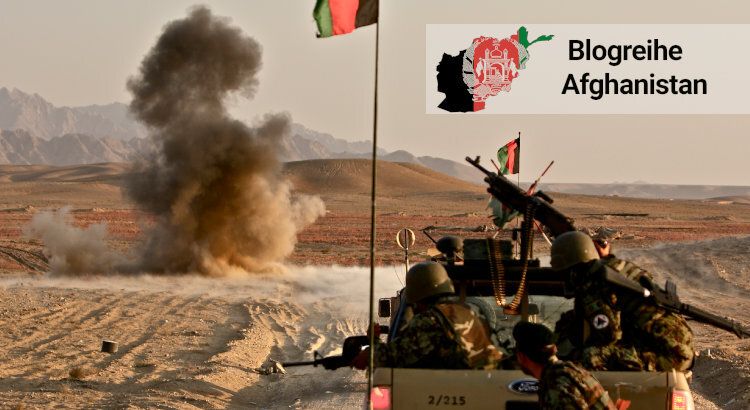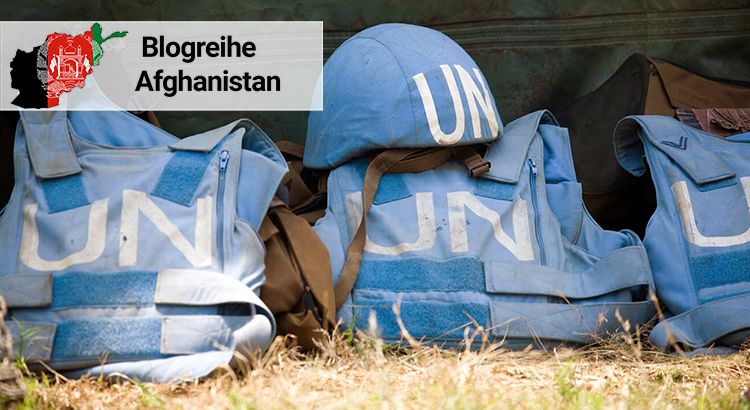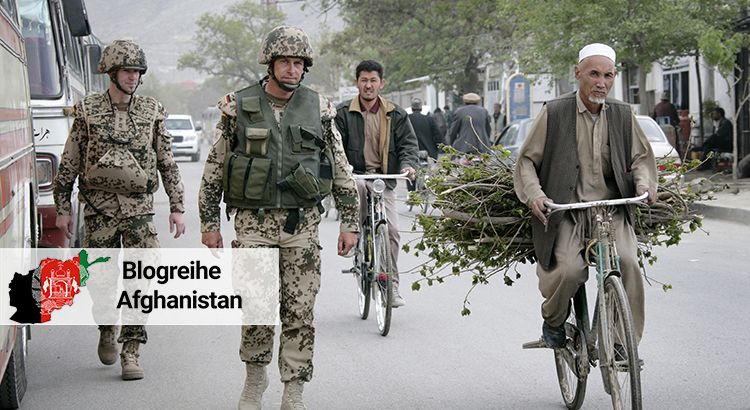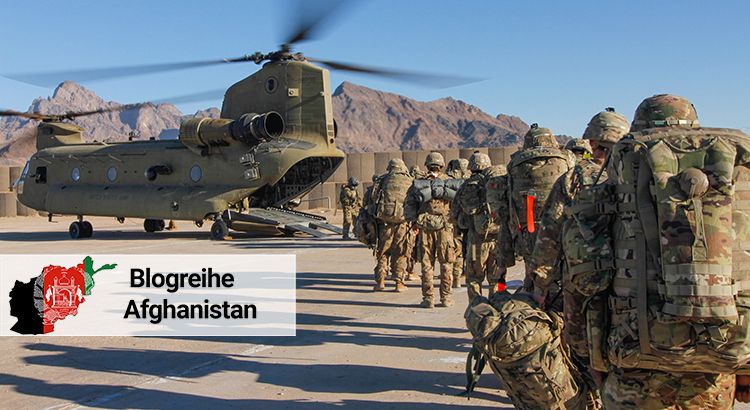Schlagwort: Afghanistan
Die innenpolitische Stimmung in den USA dreht sich. Mehr und mehr Amerikanerinnen und Amerikaner halten die Entsendung von Streitkräften nach Afghanistan wie auch in den Irak für einen Fehler. Diese Trends helfen, die Abzugsentscheidung der Biden-Regierung zum 20. Jahrestag von 9/11 zu verstehen. Sie werfen aber auch wichtige Fragen auf: zur deutschen und europäischen Sicherheitspolitik, zur Verantwortung der Bundesrepublik in Afghanistan, und zur Rolle diplomatischer und militärischer Mittel in der Außenpolitik.
Withdrawal of NATO troops – Comeback of the Taliban?
Although peace agreements in armed conflicts in which at least one party has framed its demands in religious language are rare, they do exist. In particular, peace agreements have been reached with certain kinds of Islamist groups. After several rounds of unofficial and official negotiations, and a military stalemate between Afghan and NATO forces and the Taliban, former U.S. President Trump announced a peace agreement with the group in February 2020. However, after President Biden’s recent announcement to unconditionally withdraw U.S. forces from Afghanistan, the prospects for an agreement or even a ceasefire between the Taliban and the Afghan government seem bleaker than ever, with the Taliban resurging and U.S. diplomatic leverage decreasing.
Give Peacekeeping a Chance in Afghanistan
The withdrawal of U.S. military in Afghanistan is underway and the security situation is increasingly worsening. This blog explains why, unlike counterinsurgency, peacekeeping could actually work to stabilize the country as it is based on the consent of the parties of the civil war.
Lernen aus Afghanistan: Aufstandsbekämpfung und zivile Opfer
Westliche Regierungen sprechen von einem planmäßigen Abzug aus Afghanistan und den vielen Erfolgen der vergangenen 20 Jahre. Es handelt sich aber um eine militärische Niederlage. Nach Großbritannien und der Sowjetunion unterlag nun auch ein NATO-geführtes Bündnis afghanischen Guerillakämpfern. Doch nicht nur für westliche Demokratien ist die Bilanz der Aufstandsbekämpfung (bei der asymmetrisch operierende Guerillas konventionell überlegene Streitkräfte überlisten) düster: die Hauptopfer des Krieges sind Zivilisten in Afghanistan. Eine zentrale Lehre aus Afghanistan ist, dass zivile Opfer in asymmetrischen Kriegen unvermeidlich sind. Zumindest aus ethischen Gründen sollten Staaten, die sich dem Schutz von Menschenrechten verschrieben haben, solche Kriege daher nicht kämpfen.
Die NATO in Afghanistan: Geschichte eines Versagens oder Scheiterns?
Der Abzug der NATO aus Afghanistan hat begonnen. Trotz aller Bemühungen und bester Vorsätze der intervenierenden Staaten, trotz eines riesigen Einsatzes militärischer und ziviler Ressourcen, hinterlässt die Mission nach 20 Jahren einen Scherbenhaufen. Im unwahrscheinlichen best-case Szenario führt der inner-afghanische Friedensprozess zu einer Einheitsregierung oder territorialen Machtteilung. Den wahrscheinlicheren Szenarien zufolge übernehmen die Taliban nach Abzug der NATO-Truppen die Macht oder es eskaliert der Bürgerkrieg. In beiden Fällen dürften die mageren Aufbauleistungen schnell verloren gehen.
After the Afghan Eid Truce, Is There a Path for Peace?
The three day surprise and the unprecedented Eid-al-Fitar [1] truce (15-17 June, 2018) between the Afghan government and the Taliban was welcomed locally and internationally. The truce was offered by the Afghan President Ashraf Ghani after the condemnation of extremism and violence by religious scholars and clerics in Jakarta and Kabul. It was for the first time in the last 17 years that Afghans have celebrated the occasion with joy and without fears of war and violence. The Taliban fighters without fright of arrest or detention entered the cities, villages and towns to offer Eid-Prayers and met their fellow countrymen and family members. The internet and local media have captured scenes of Afghan soldiers and Taliban fighters embracing each other. The truce was welcomed with the hope that this might be the first important step towards a long enduring path of peace in the country.
